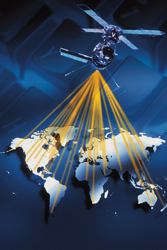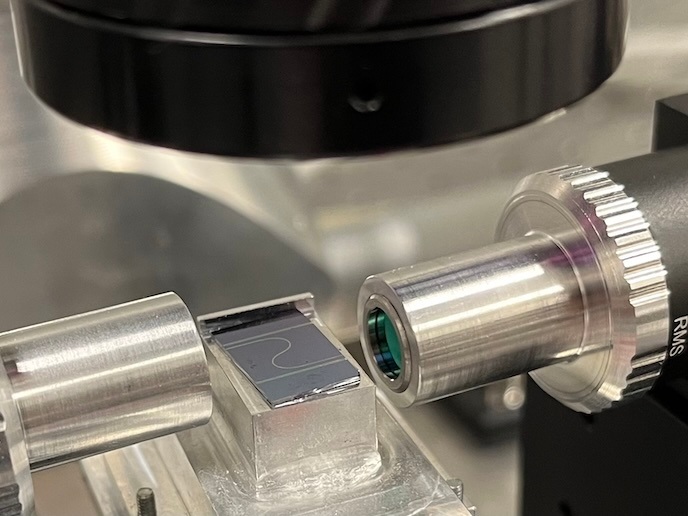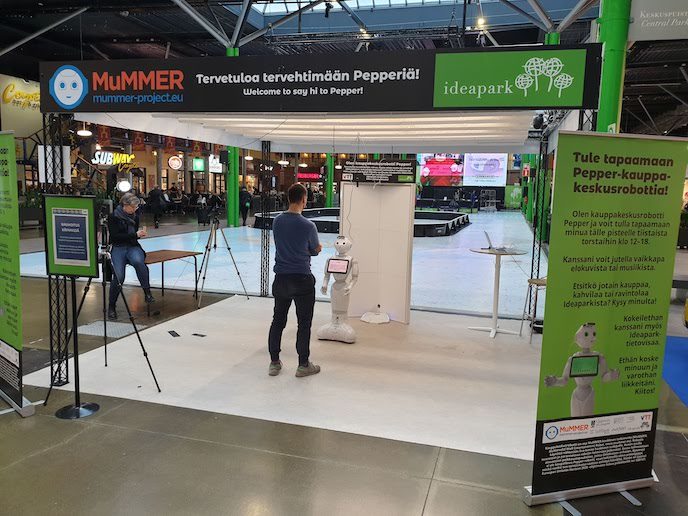Atomic clocks and high-precision global positioning
Interferometers are instruments that rely on the interference between electromagnetic waves. Interference data yield useful quantities such as very precise measurement of small displacements as well as inertial measurements related to gravity and rotation. When it comes to atoms, inertial sensors based on ultracold neutral atoms and atom interferometry techniques outperform conventional light interferometry. Cold atoms are stable oscillators, vibrating in well defined ways. Their stable oscillation facilitates their use in extremely precise measurements – hence, high-precision atomic clocks. Sensitivity of such measurements is limited by the quantum (shot) noise of the atomic source. Light is quantised, coming in packets of light called photons. Quantisation results in unpredictable uncertainties in light properties (amplitude and phase) and so-called quantum noise. A technique called quantum squeezing can be used to reduce phase uncertainty at the expense of amplitude uncertainty resulting in ground-breaking quantum noise reduction. European researchers combined atom interferometry and squeezing of cooled atoms to enable sub-shot noise sensitivity with EU funding of the QNDINTERF project. They further combined these state-of-the-art techniques with quantum non-demolition (QND) measurements. Whereas most particle detection and measurement techniques destroy the particle in the measurement process, QND measurements do not. The same experiment could theoretically be preformed on exactly the same atoms or particles over and over again. Combining ultracold atom interferometry with squeezing and QND measurement, the scientists achieved continuous readout interferometry at sub-quantum noise levels. Ground-breaking results have applications to fields including time keeping and global positioning in addition to obvious implications for particle physics.







